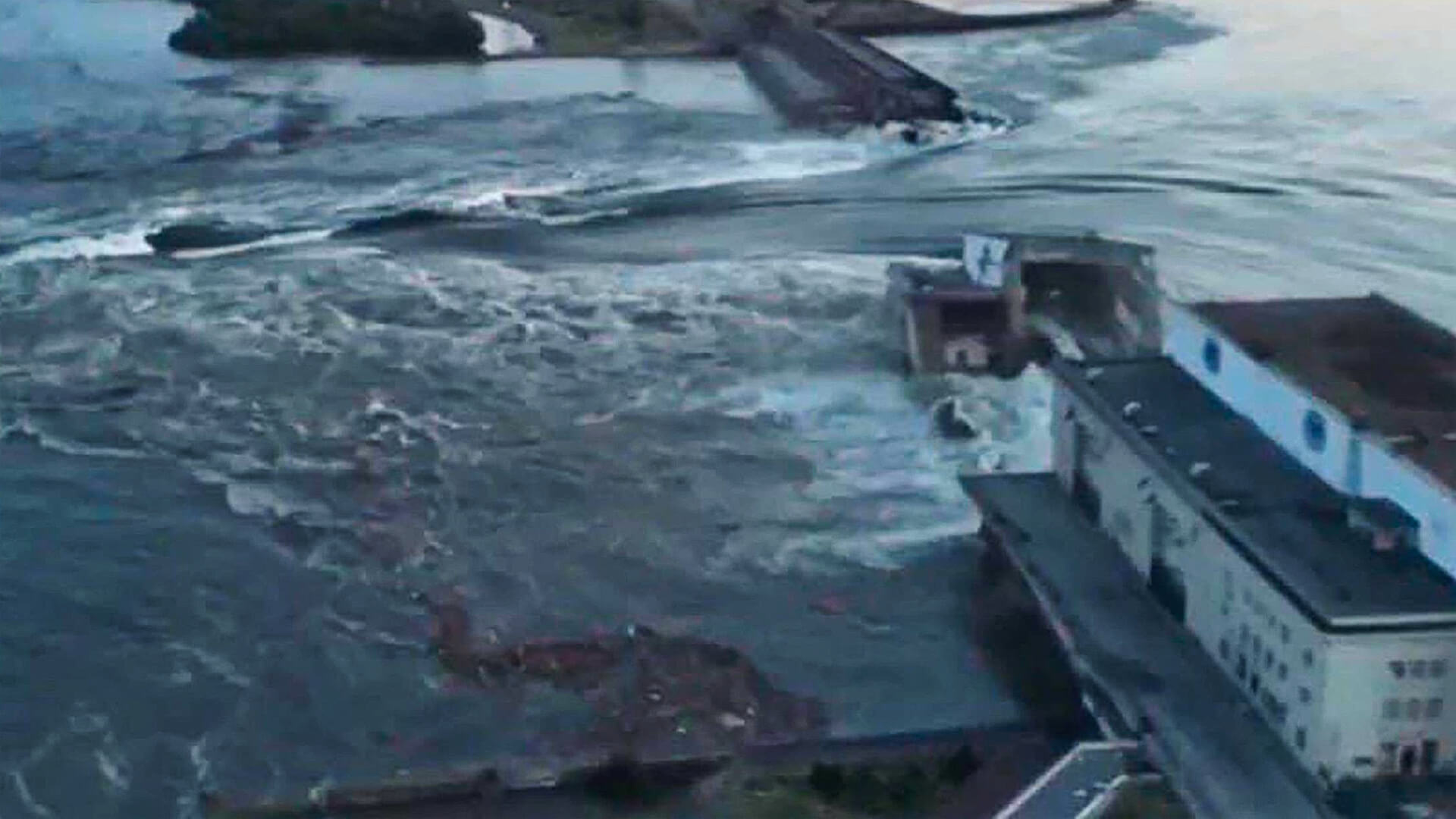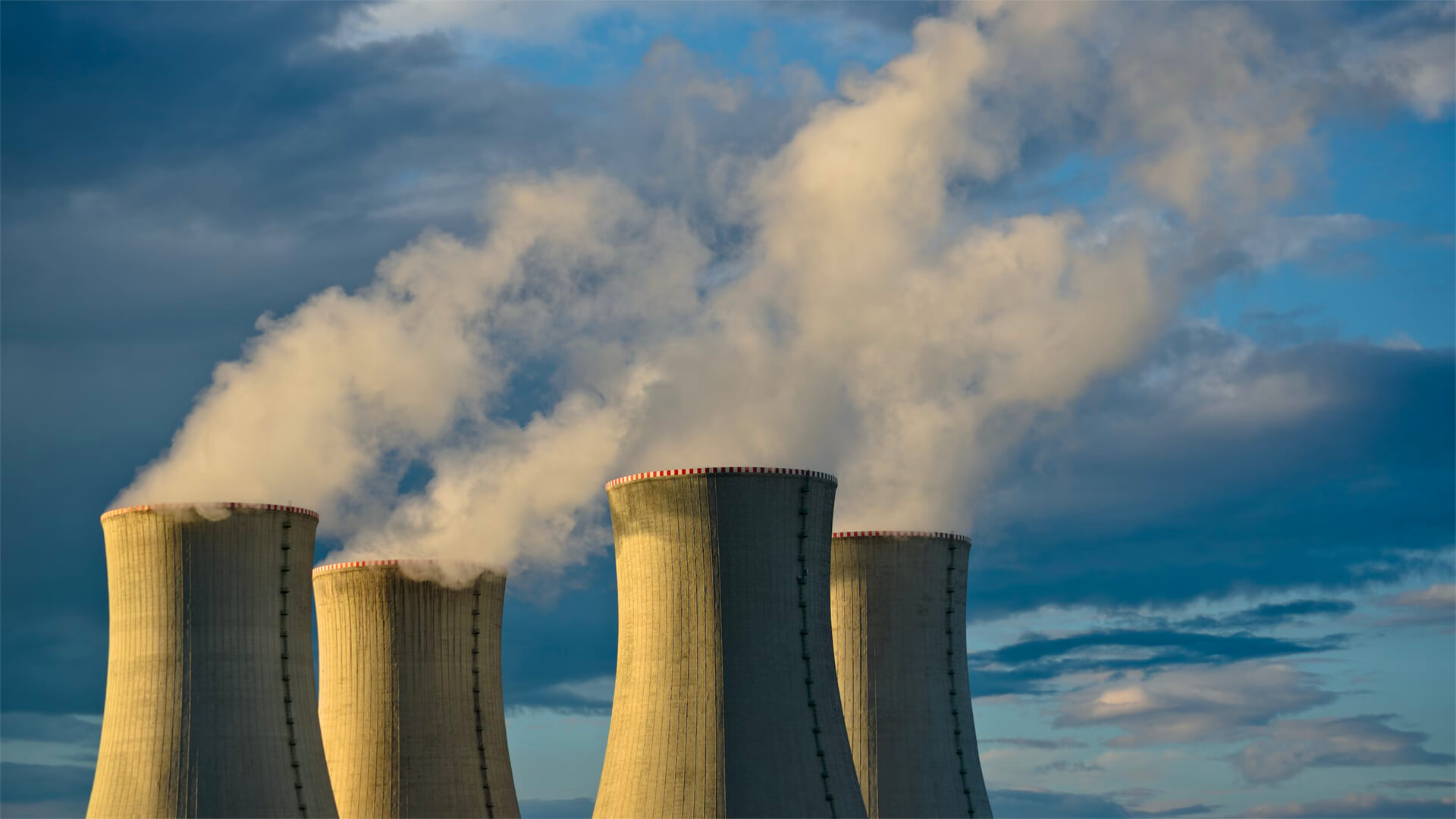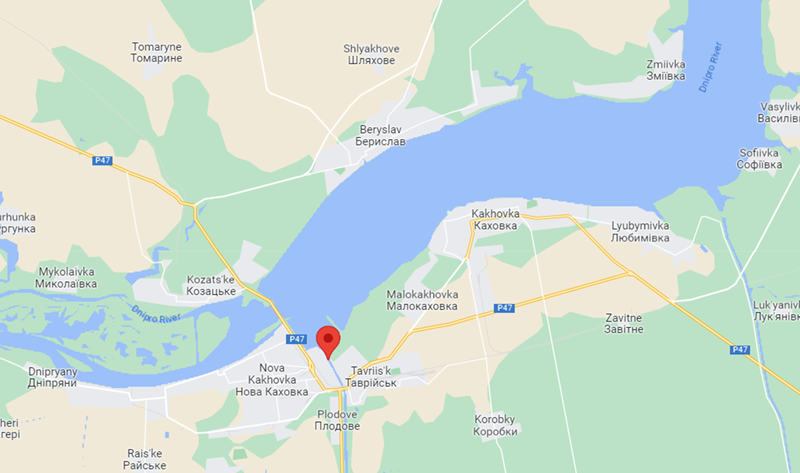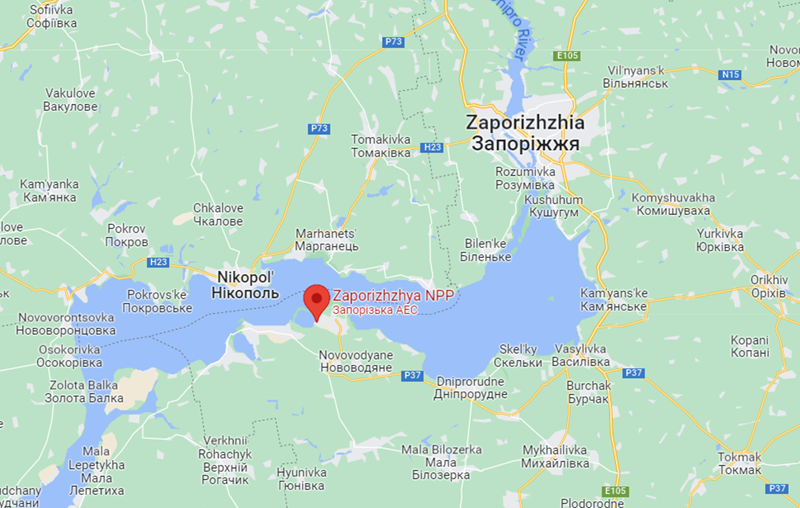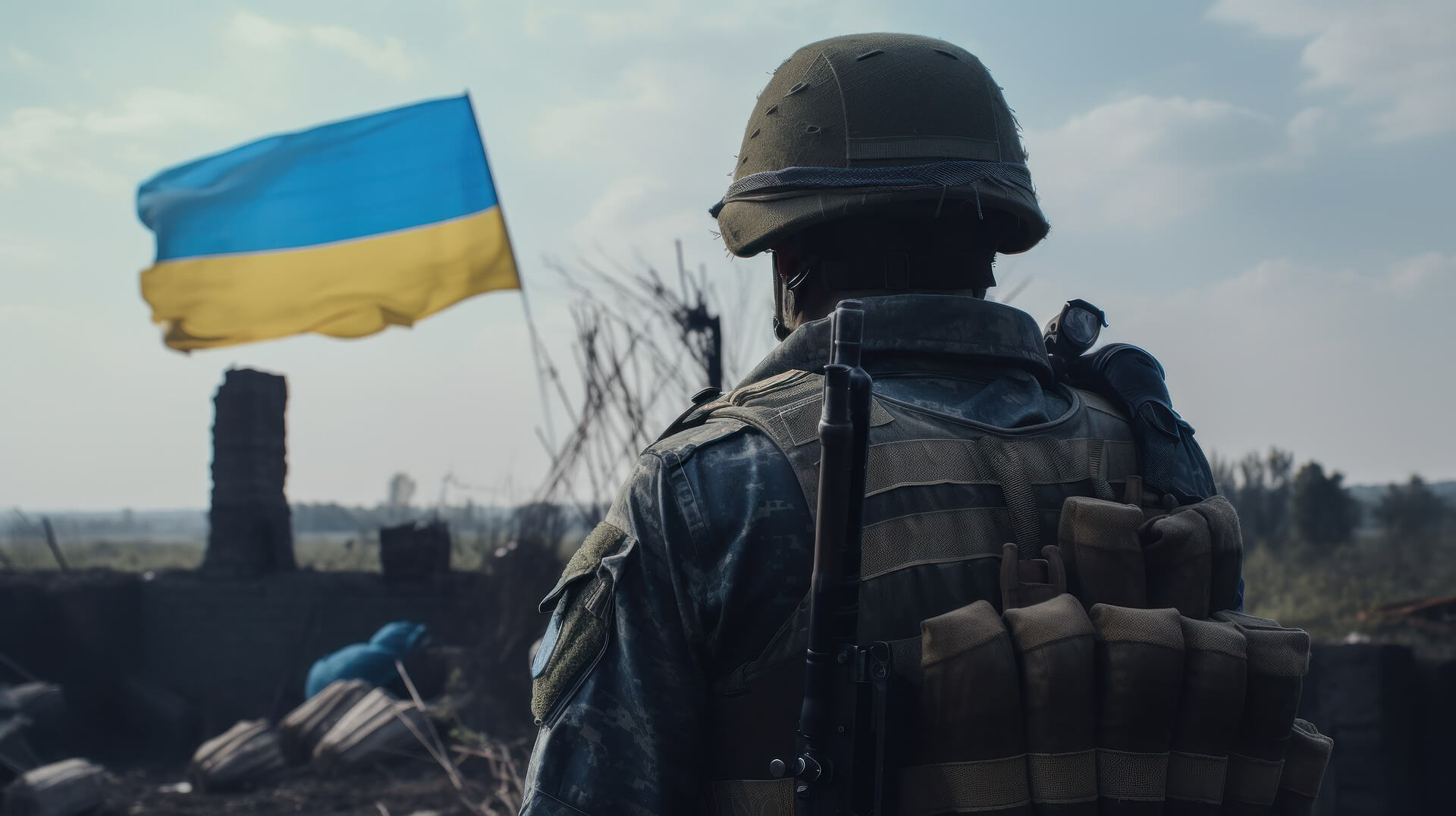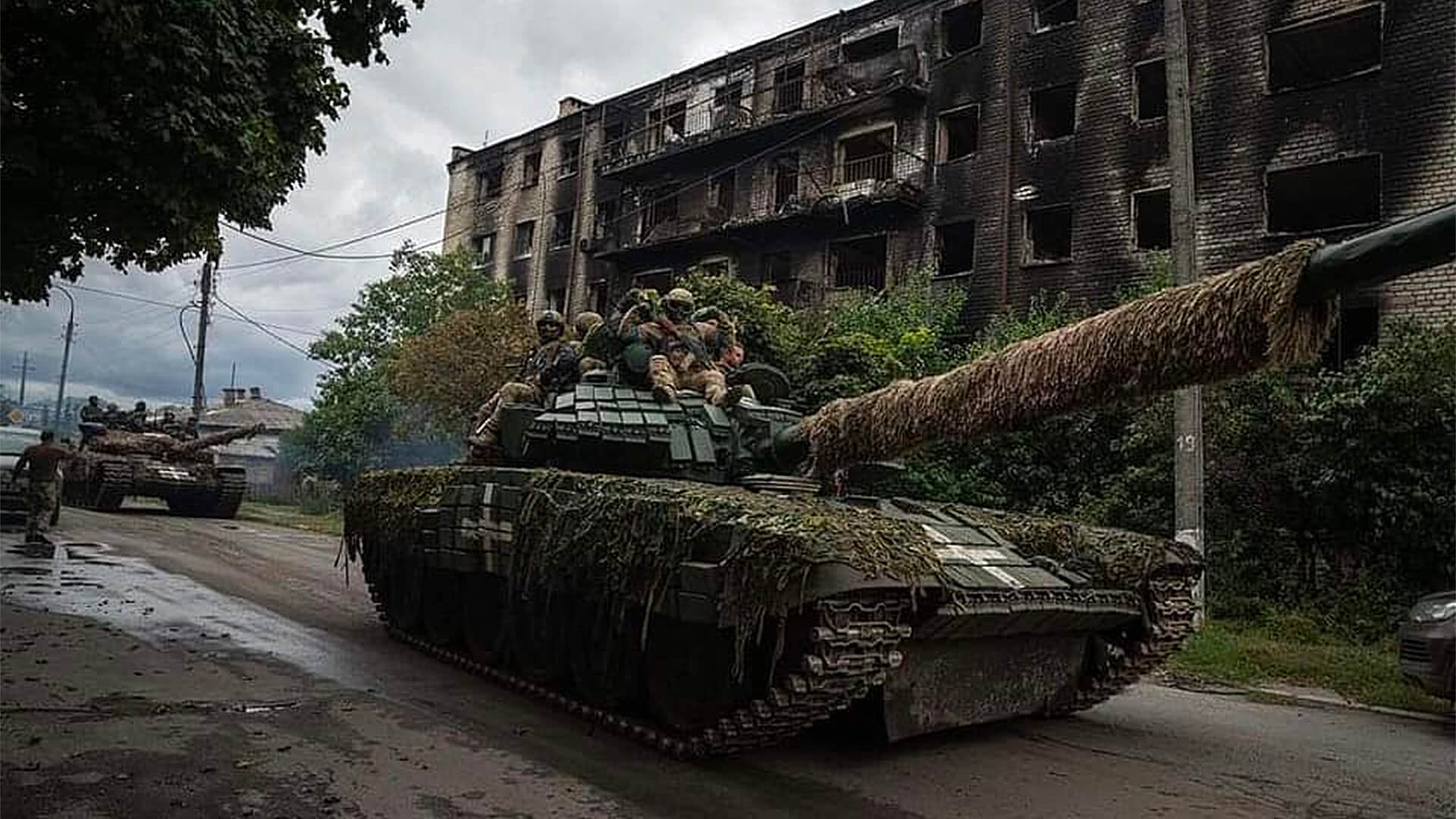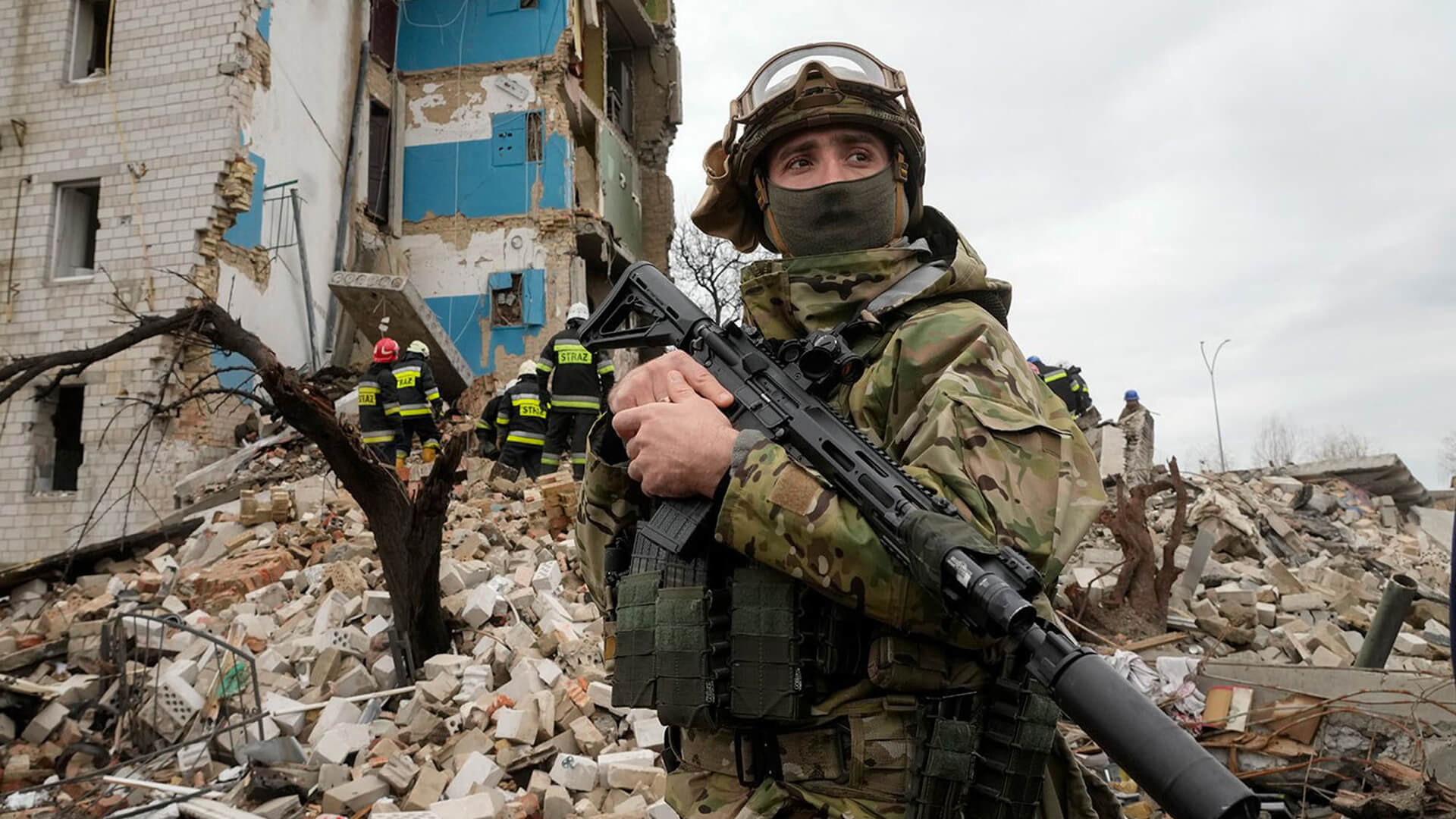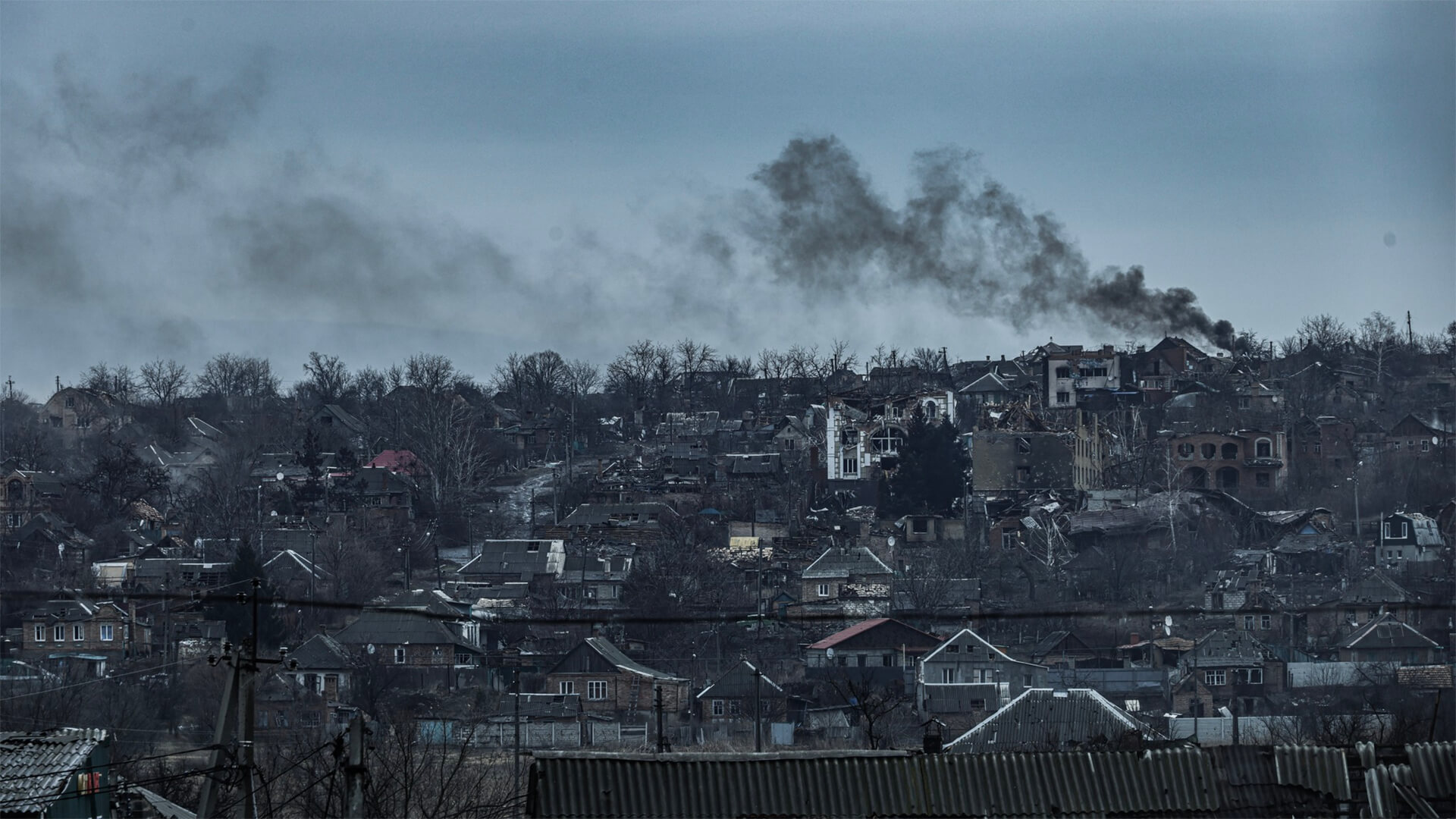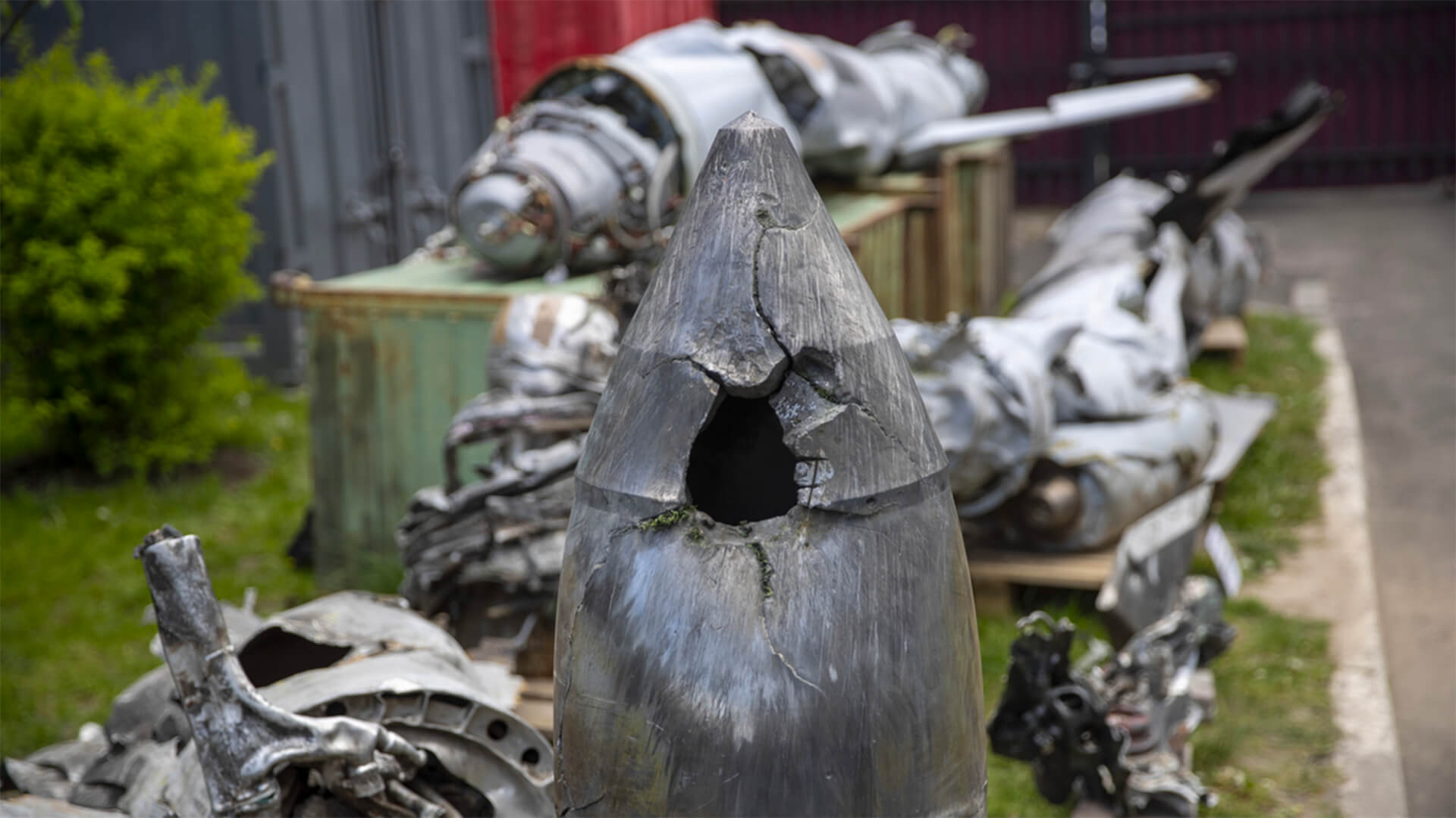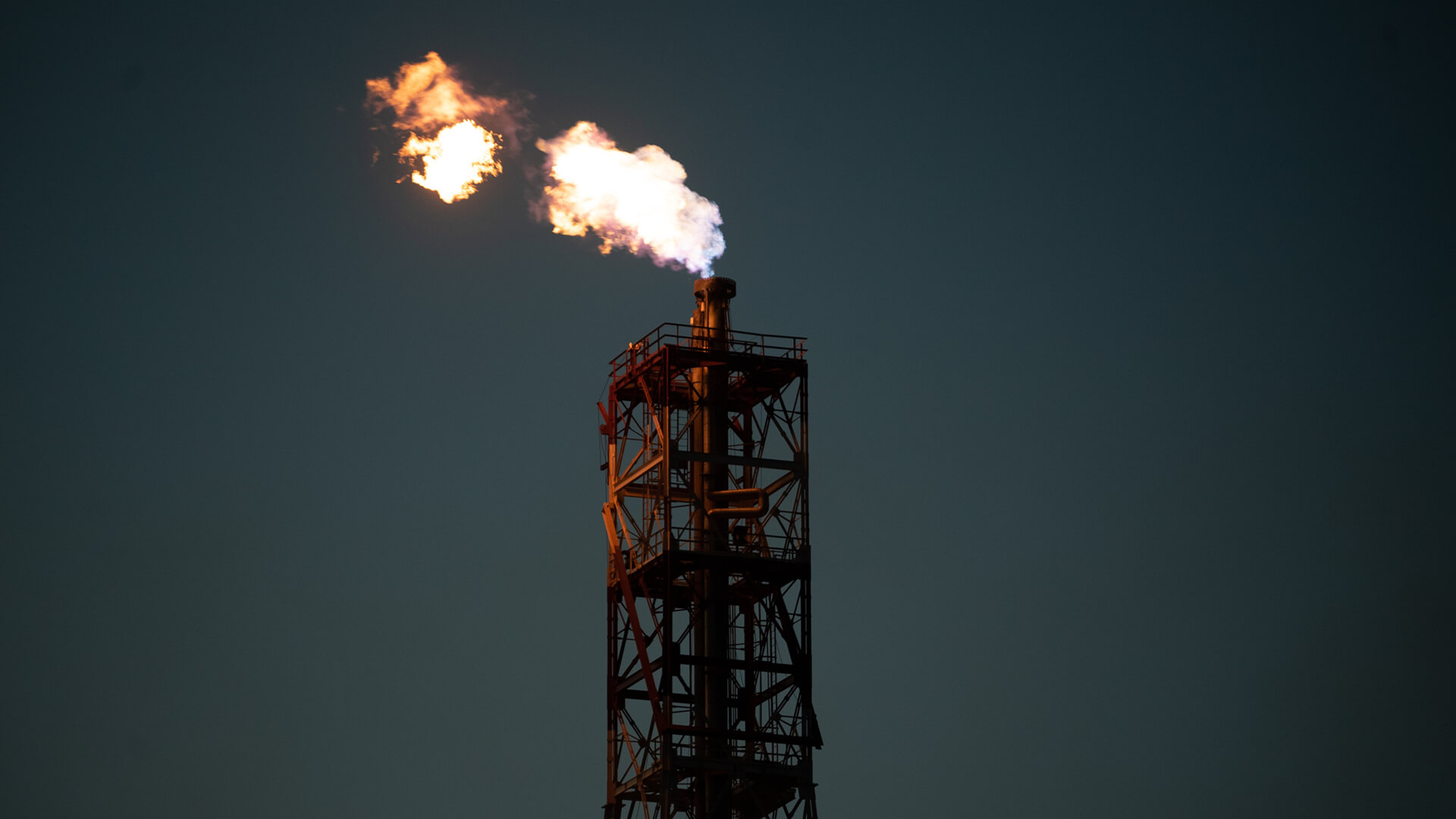On June 6th, the Russians destroyed the Nova Kakhovka Dam at the head of a large reservoir on the Dnieper River. This is a logical move for the Russians…at least in the short term.
To impede the Ukrainian counter-offensive, the Russians eliminated one of the few viable land crossings in the area and caused flooding further downriver. I wouldn’t expect this to be an isolated event, either. As the Russians seek to inhibit Ukrainian advances, other crossings and dams will likely be targeted.
In addition, the Zaporizhzhya Nuclear Power Plant’s coolant water could be jeopardized by this move. As of now, it appears there will not be a crisis, but I’ll be keeping my fingers crossed.
However, the key component of this move illuminates what Russia’s strategy might be; by destroying the Nova Kakhovka Dam, they wiped out four canal systems…three of which represent critical infrastructure for agriculture in southern Ukraine and Crimea. Russia has made it clear they have little intention of holding this land – and are attempting to make it as hard as possible for anyone else to do so.
By adopting this scorched earth policy, Russia could very well trigger ANOTHER famine throughout this region.
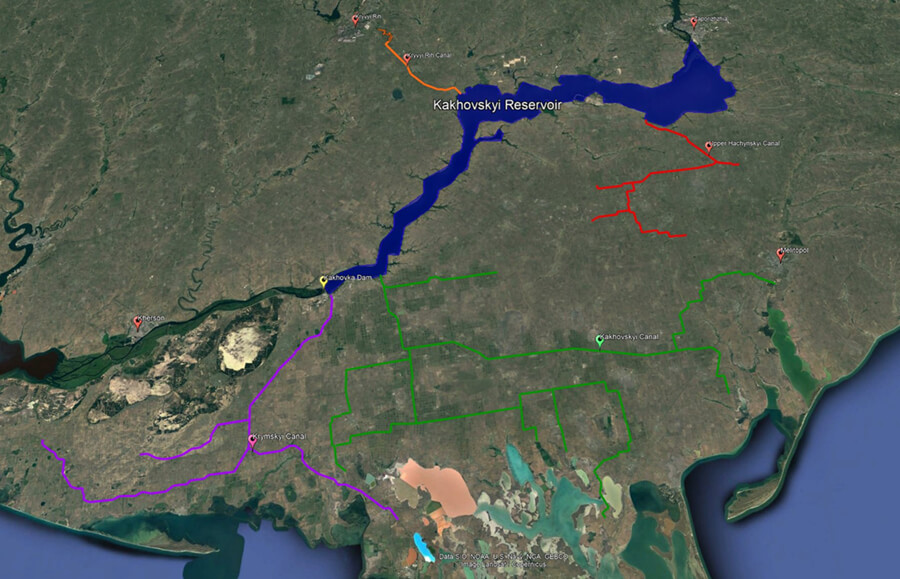
Prefer to read the transcript of the video? Click here
Here at Zeihan On Geopolitics we select a single charity to sponsor. We have two criteria:
First, we look across the world and use our skill sets to identify where the needs are most acute. Second, we look for an institution with preexisting networks for both materials gathering and aid distribution. That way we know every cent of our donation is not simply going directly to where help is needed most, but our donations serve as a force multiplier for a system already in existence. Then we give what we can.
Today, our chosen charity is a group called Medshare, which provides emergency medical services to communities in need, with a very heavy emphasis on locations facing acute crises. Medshare operates right in the thick of it. Until future notice, every cent we earn from every book we sell in every format through every retailer is going to Medshare’s Ukraine fund.
And then there’s you.
Our newsletters and videologues are not only free, they will always be free. We also will never share your contact information with anyone. All we ask is that if you find one of our releases in any way useful, that you make a donation to Medshare. Over one third of Ukraine’s pre-war population has either been forced from their homes, kidnapped and shipped to Russia, or is trying to survive in occupied lands. This is our way to help who we can. Please, join us.
CLICK HERE TO SUPPORT MEDSHARE’S UKRAINE FUND
CLICK HERE TO SUPPORT MEDSHARE’S EFFORTS GLOBALLY
TRANSCIPT
Hey, everybody. Peter Zeihan here coming to you from the campus of the University of Toronto. It is June six. And the news today is that the Russians have blown up the Kakhovka dam, which is at the head of a large reservoir on Ukraine’s central river, the Dnieper. It was blown up from the inside. So it was definitely the Russians. It wasn’t an external explosion. So there’s really no controversy there. And the fact that after I tweeted it out, I got just an avalanche of Russian bots saying otherwise pretty much proves the point for as far as I’m concerned. But anyway, regardless of why it’s gone – four things that matter for us.
First of all, from a purely military point of view, like putting humanitarian issues to the side, we’ll get to that later. This is a reasonable play. The Ukrainians are getting ready for a significant military offensive and at least in part that was going to involve a series of amphibious strikes across the Dnieper River, both above and below the dam. That probably can’t happen now. The reservoir behind it is huge, and it’s going to take a few days for it to drain and that it’s going to expose muddy lakebed. And downstream you’re talking about massive flooding, which when it finally goes down a week or two from now, will also be incredibly muddy. So the offensive to this point has been delayed because of spring melt and winter rains and all of the mud that goes with that. You basically take in this entire zone and made it no go for at least a month now. Later on when the river is lower, it might be easier to cross. But for the here and now and for the next few weeks, absolutely not. So if you’re Russian, there’s some certain logic to destroying the dam. It’s also the only crossing on the river in the lower section. So you’ve now removed even a theoretical place for the Ukrainians to punch across the river on land or reinforce with amphibious assaults from elsewhere. So number one.
Number two, there is a concern upstream of the Zaporizhzhya nuclear power plant because it drew its coolant water from the reservoir. Now, we’ve poked into this a little bit, and the folks at the IAEA are not hugely concerned about this. They think there’s a good backup system in place. But whenever I hear lack of coolant, water, nuclear power plant, I do get a little nervous. So it’s probably, probably not a crisis. We’ll see.
Third, we should expect to see more activities like this. This is not the only crossing. There was a bridge to Kherson that the Russians blew up when they were retreating last summer. And if you go upriver to the Upper East Side, there is a double bridge system, along with another dam, which creates another reservoir. And so we you should definitely expect the Russians to repeat the feat there with similar outcomes, although not as much. It’s not as big as the reservoir. And for similar reasons.
But it’s the fourth and biggest reason that I find most interesting isn’t the right word, but illuminating as to what Russian thinking is. The Kharkov reservoir raises the level of the river and allows for different canal system arms to be fed with irrigation water. And three of those systems are absolutely critical for growing crops in southern Ukraine and the Crimea. Now, I’ve always believed that the Ukrainians were going to disable their destroy one of those systems, the one that specifically serves Crimea, in order to force a siege on the peninsula. But with that reservoir now gone, none of these systems can access water. And you’re talking about territory that is responsible for growing about one quarter of Ukrainian crop. So in a stroke, the Russians have shown us two things. Number one, they really don’t plan on holding this territory in the near term. And so they’re going with an old strategy that’s kind of scorched earth, which is designed to make it as difficult as possible for anyone who takes the territory to hold it. Because we’re talking now about number two, a country that used to be one of the world’s major breadbasket is going to become a net food importer on the verge of at least a regional famine in the not too distant future. Or for those of you who are familiar with Russia’s history in Ukraine, triggering a regional famine. Again.
I’ll try to have better news tomorrow. Bye..

